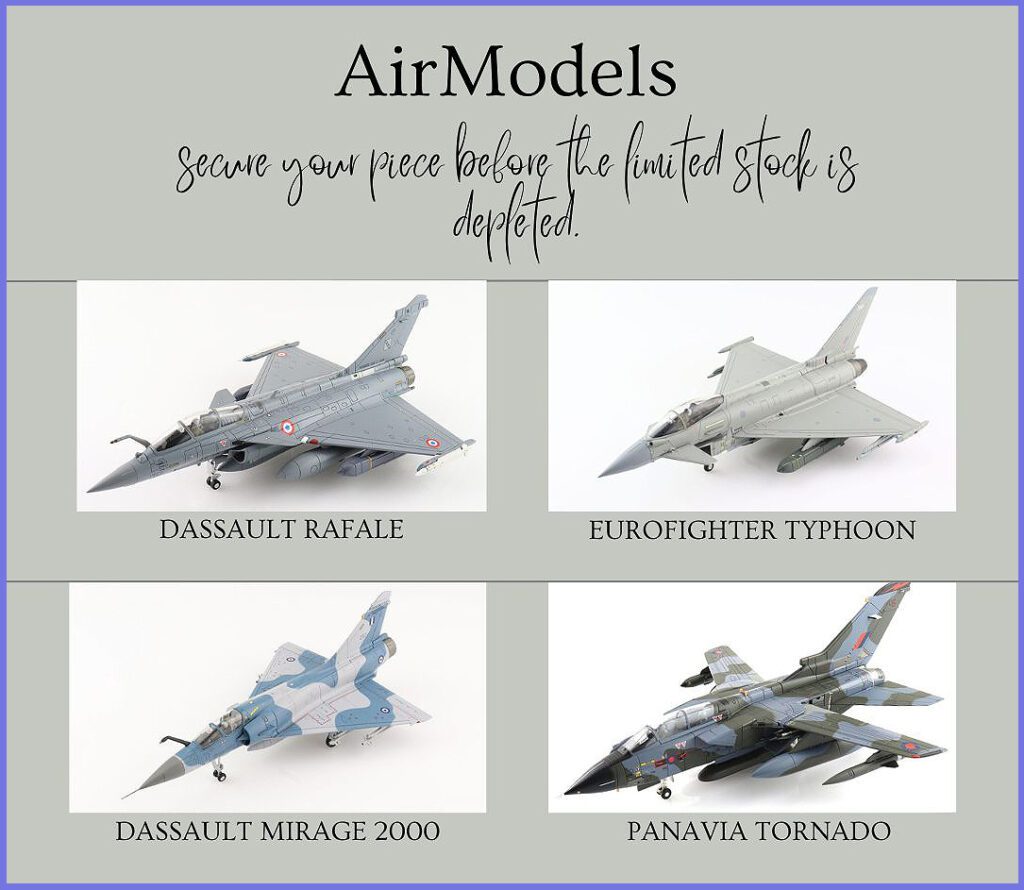Forged in Unity: Why Britain and France Created the Deadly STORM SHADOW/SCALP EG Missile.
Hailed as one of the most formidable weapons in modern warfare, the Storm Shadow Missile has redefined the very essence of precision strike, delivering unmatched lethality and game-changing dominance on the battlefield.

Unveiling the Ultimate Air-Launched Cruise Missile (ALCM)
When discussing air-launched cruise missiles that currently dominate battlefields—and are expected to maintain their reliability and performance through 2030 and beyond—their origins can be traced back nearly two decades.
In the late 1990s, the United States was developing the AGM-158 JASSM, Russia was working on the Kh-101/Kh-102 (NATO designation: Kodiak), and Germany/Sweden was advancing the Taurus KEPD 350. During the same period, the United Kingdom and France collaborated to develop a highly advanced air-launched cruise missile.
The development process began in 1994 as a collaboration between the French company Matra and British Aerospace plc (BAe). This Anglo-French 50/50 joint venture was formed to develop a cutting-edge missile system. By 1996, they had been established as the prime contractors for the program, named the Conventionally Armed Standoff Missile (CASOM).
A development and production contract was signed in February 1997, when Matra and BAe merged their missile businesses to form Matra BAe Dynamics. Derived from France’s Apache anti-runway cruise missile, this variant replaces cluster munitions with a single, powerful unitary warhead.
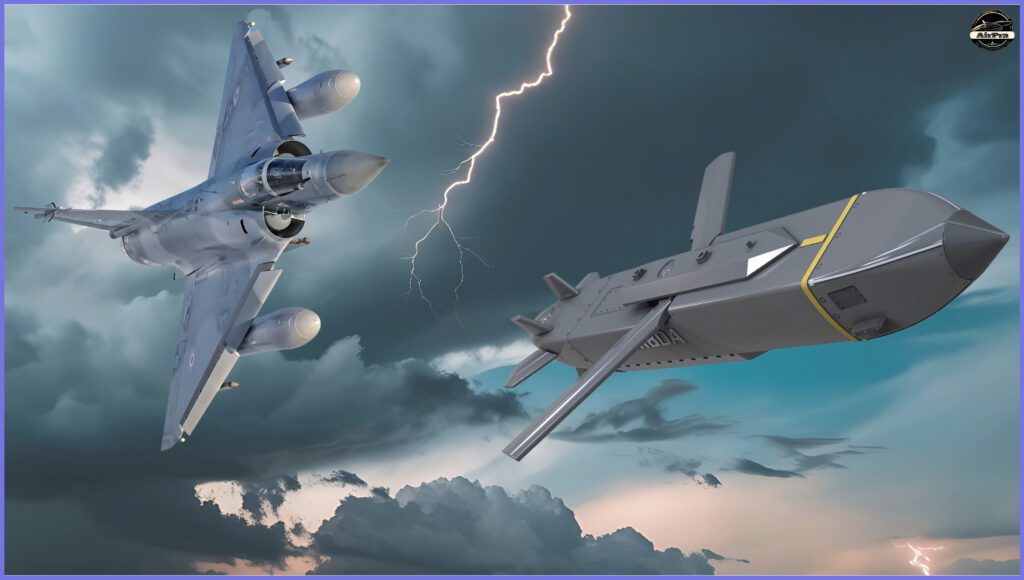
Driven by the requirement for a long-range, precision-strike weapon capable of penetrating advanced defences, the missile was designed to target high-value, well-protected objectives. Combining expertise from both nations resulted in a stealthy, terrain-following missile with exceptional accuracy, known as the Storm Shadow in the UK and SCALP-EG in France.
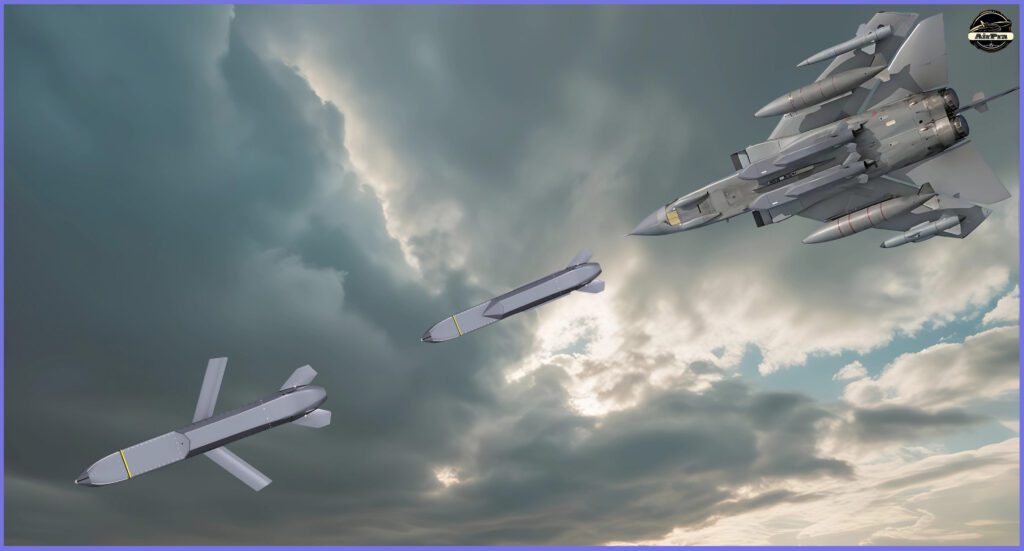
Today, the missile is produced by MBDA, a leading European defence manufacturer created through the merger of three major missile companies: France’s Aérospatiale Matra Missiles, the Anglo-French Matra BAe Dynamics, and the missile arm of the Anglo-Italian Alenia Marconi Systems.
Headquartered in Le Plessis-Robinson, France, MBDA specialises in designing, developing, and producing advanced missiles and related systems.
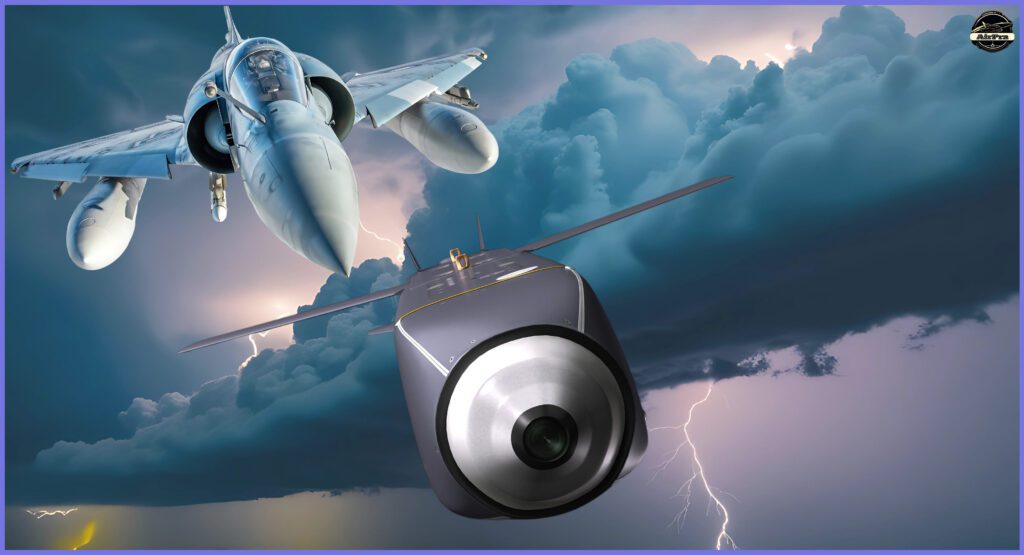
The Storm Shadow/SCALP EG missile achieved its first successful fully guided launch in December 2000 at the CEL Biscarrosse range in France, fired from a Mirage 2000N. It entered service with the Tornado in 2003, followed by the Dassault Rafale between 2004 and 2005.
During the 2010s, integration was extended to the Saab Gripen, while the Eurofighter Typhoon carried out its maiden Storm Shadow flight on 27 November 2013. By mid-2023, the missile had also been successfully adapted for use on Ukrainian Su-24 bombers.
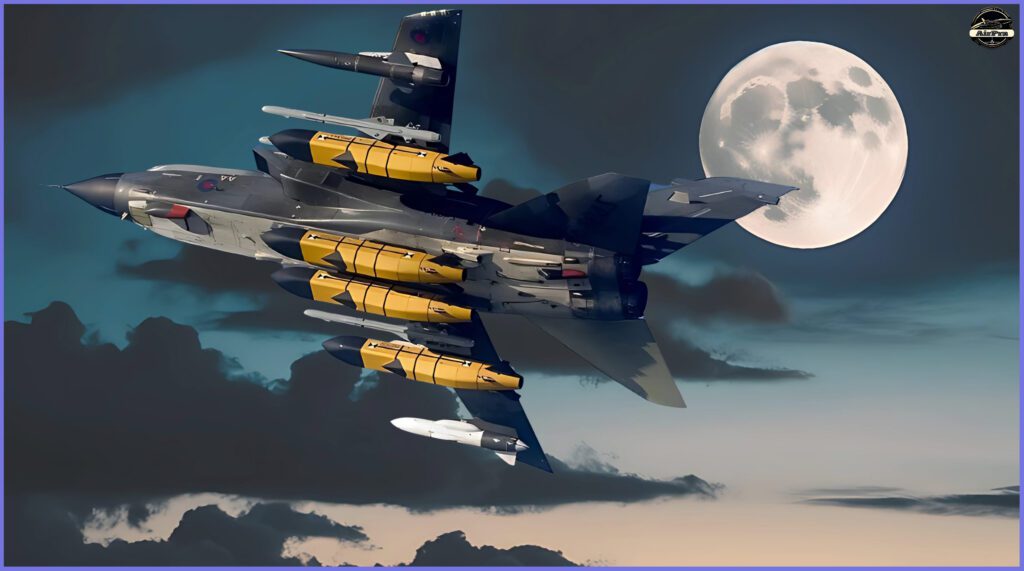
Engineering Excellence: Design Details of the Storm Shadow/SCALP-EG Weapon Systems
The Storm Shadow (UK) / SCALP-EG (France) is a long-range, air-launched cruise missile engineered for precise strikes against high-value, heavily defended, or slow-moving targets. Produced by MBDA, this advanced system is operational with multiple nations, showcasing its versatility and strategic impact on modern warfare.
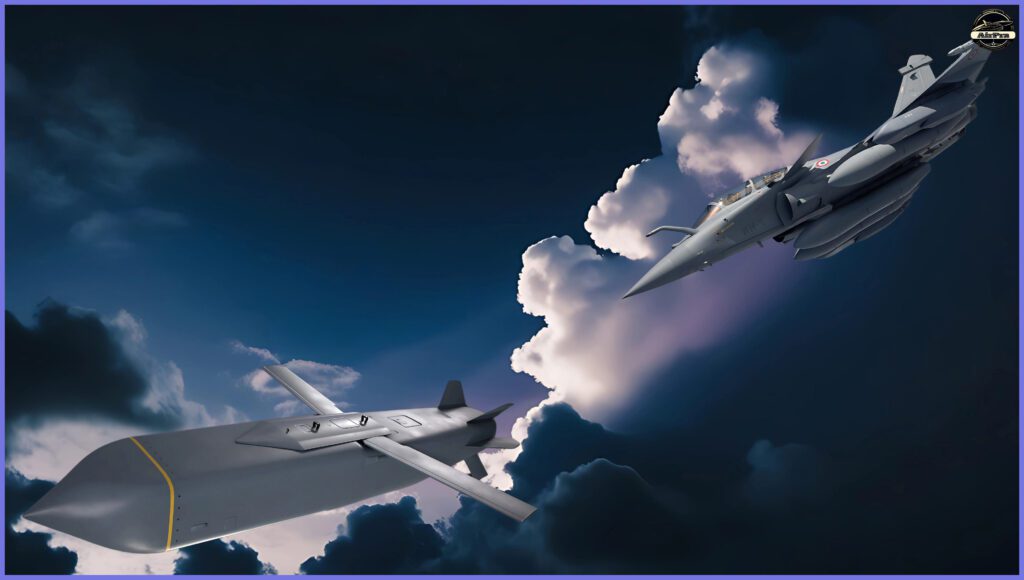
1st. Design and Structure: The Storm Shadow/SCALP EG is a masterpiece of modern missile engineering, built for stealth, precision, and power. Measuring about 5.1 meters (16.7 ft) in length with a sleek diameter of 0.48 meters (1.57 ft), it combines aerodynamic efficiency with a low radar signature.
Its deployable wings span an impressive 3 meters (9.8 ft), giving it exceptional stability and range during flight. Compact yet formidable, the missile stands 19 inches (483 mm) in height and 25 inches (635 mm) in width, while weighing roughly 1,300 kilograms (2,866 lb).
Every dimension of its design is optimised to ensure long-range penetration and devastating accuracy against high-value targets.
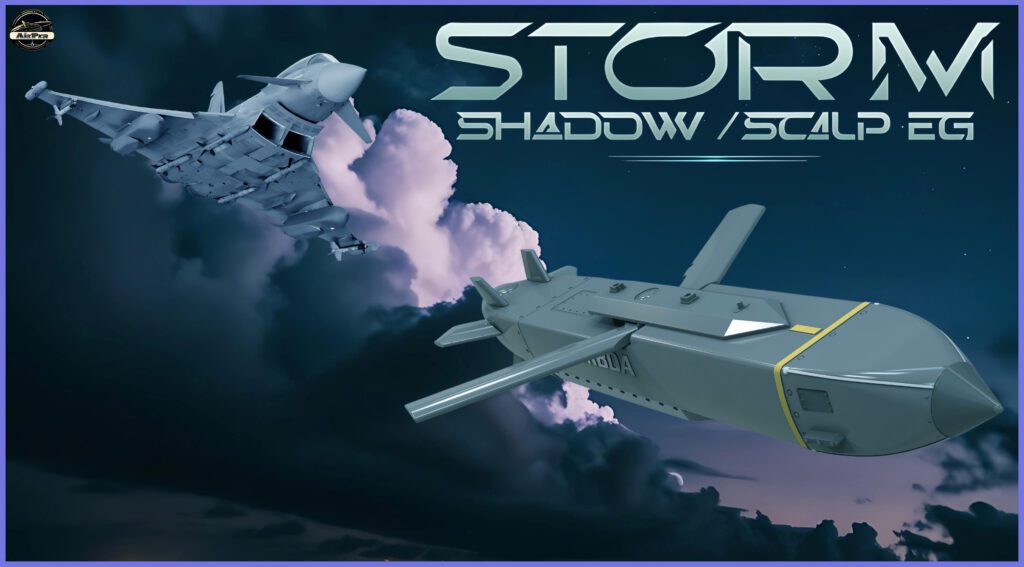
2nd. Propulsion:
Engine: Powering the missile is a Microturbo TRI 60-30 turbojet engine, enabling it to cruise at speeds of around Mach 0.8. Depending on mission profile and flight conditions, it can strike targets at ranges from approximately 140 km (87 mi) up to 550 km (342 mi).
This propulsion system allows the missile to fly at subsonic speeds while maintaining high efficiency over long distances. The missile must be programmed before launch, making it a fire-and-forget weapon. Once launched, it cannot be commanded to self-destruct or have its target information changed.
Mission planners carefully program the weapon with details of the target and its air defences. However, the refurbished missiles from 2023 onwards are significantly smarter than the previous ones.
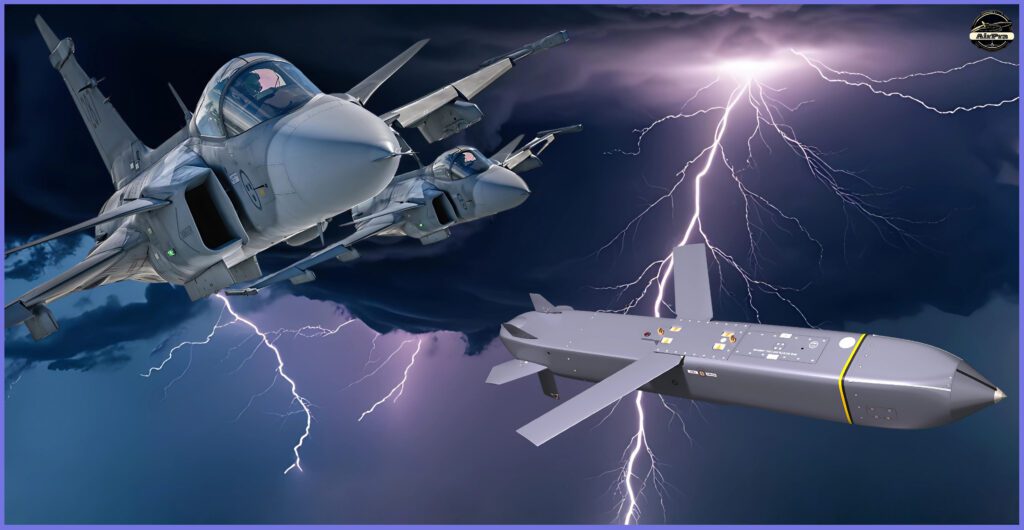
3rd. Guidance and Navigation:
Inertial Navigation System (INS): Provides autonomous navigation during the midcourse phase of flight.
Global Positioning System (GPS): Ensures precise targeting during the terminal phase, enabling the missile to home in on the target.
Terrain-Referenced Navigation (TRN): This system employs digital terrain maps to enable precise terrain-following, a method known as Terrain Contour Matching (TERCOM), which significantly improves accuracy even in heavily contested environments.

Image-Infrared (IIR) Seeker: During the terminal phase, the missile employs a sophisticated infrared seeker to precisely lock onto its target, ensuring exceptional accuracy against fortified positions while minimising collateral damage.
As it nears the target, the missile ascends to expand its field of view and enhance penetration. Using a high-resolution thermographic camera, it compares real-time imagery with stored target data to pinpoint the target area before executing a decisive strike.
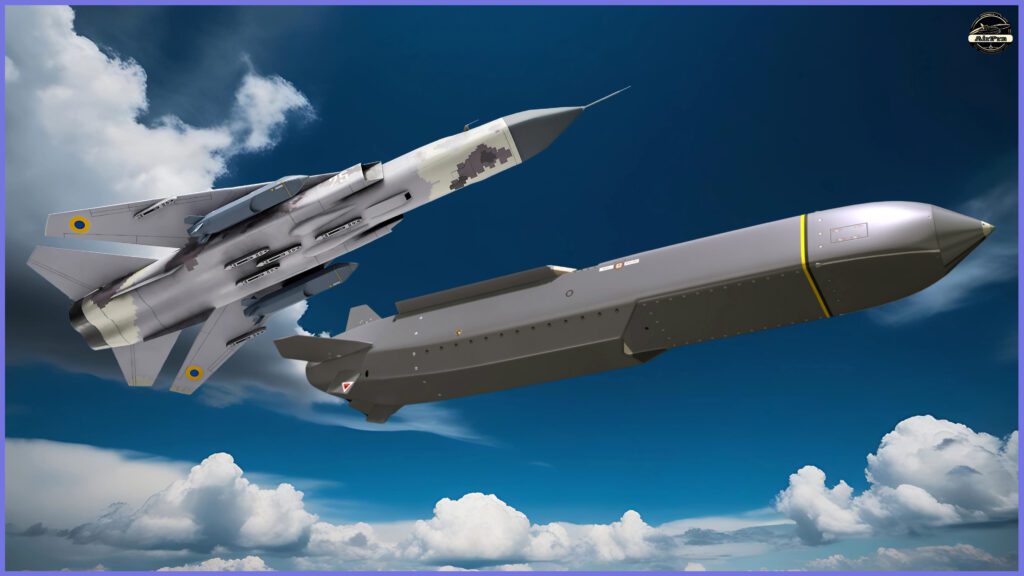
4th. Warhead:
Warhead Type: A 450 kg (992-lb) shaped-charge BROACH (Bomb Royal Ordnance Augmented Charge) warhead, designed in a multistage format to penetrate hardened, reinforced structures.
Target Capability: Ideal for strategic infrastructure, including command centres, bunkers, airfields, ports, power stations, ammunition storage and management facilities, surface ships and submarines in ports, bridges, and other high-value strategic targets or critical sites.
The missile can be programmed with various impact and detonation modes, including delayed fuzing, to penetrate deeply into structures before detonation.
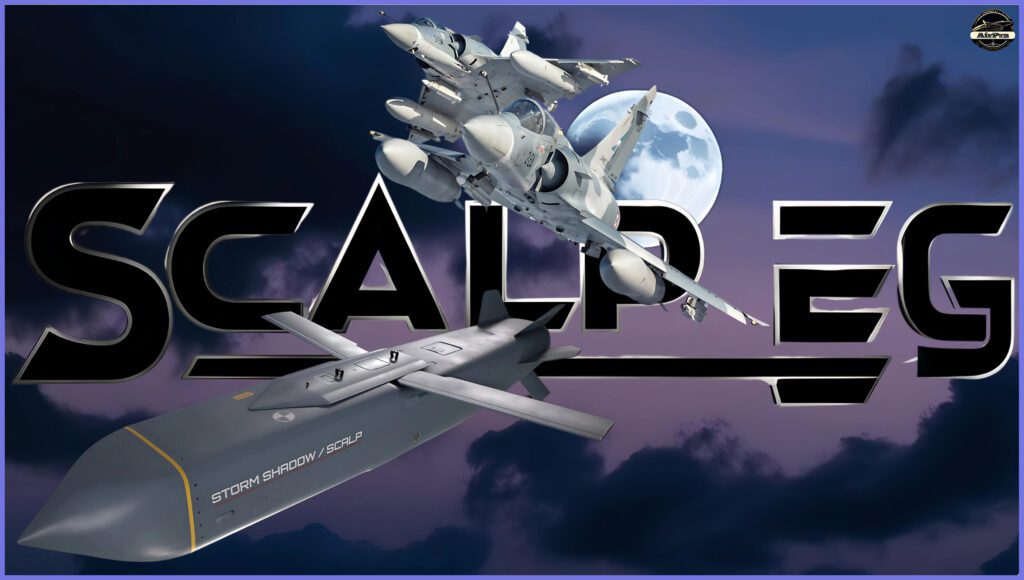
5th. Stealth and Evasion:
The Storm Shadow is designed for low observability, reducing radar detection in highly defended areas. This is achieved through its stealthy airframe, low radar cross-section (RCS), and terrain-following flight profile.
Launched from medium to high altitudes, the missile follows a low-level, terrain-hugging path, ensuring precision strikes even in heavily defended or remote locations.
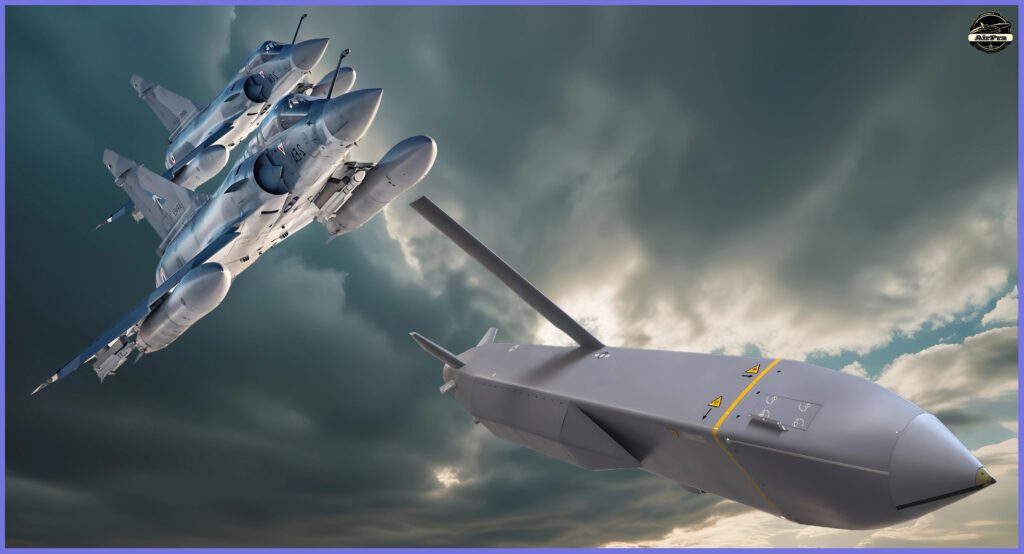
A Quick Message to Our Readers
Some details in our articles may change over time. For the most accurate and current information, we encourage you to check reliable and updated sources.
We’re passionate about bringing you trusted insights on military systems and global developments. Your support helps us continue this work. When you purchase through our affiliate links, you’re helping us grow while receiving high-quality products in return.
Your thoughts matter to us. If there’s a topic or defence system you’d like to learn more about, let us know in the comments—we’ll do our best to cover it.
Thank you for being part of our journey. We appreciate your time and interest—happy reading!
